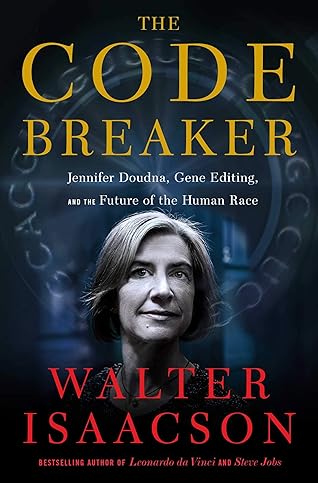researchers at a university in Guangzhou described how they used CRISPR-Cas9 in eighty-six non-viable zygotes (precursors to an embryo) to cut out a mutated gene that causes beta thalassemia, a deadly blood disorder like sickle-cell anemia.10 Although the embryos were never intended to be grown into babies, a line had been toed, if not crossed. For the first time, CRISPR-Cas9 had been used to make potential edits in the human germline, ones that could be inherited by future generations.
Welcome back. Just a moment while we sign you in to your Goodreads account.


